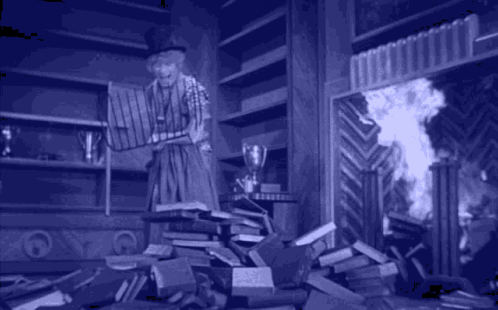Do this to be more creative.
You can be more creative by simply reading more poetry.
This is the loose essence of what Bradbury described in Zen in the Art of Writing.
Somewhere buried in my posted essays, I’ve referenced him and this book before.
What I wanted to share briefly in this writing is it in action.
He enters a smoky room
The other day, I was at a cigar lounge; one of the men described a cigar (presumably) as being a bit burnt, like the inside of a chimney.
I opened my notes, wrote down that simile, and carried on puffing with a few friends.
According to Bradbury, the reason poetry is important is because it requires you to use your senses and imagery.
They’re critical for great poetry, I’m sure he’d argue.
It’s been a minute since I read that book, but I’m sure he’d say similes, metaphors, hyperboles, oxymorons, and such all fall under that too.
Most people have never had a cigar—but you can still understand what this man was describing.
Creating visuals through figures of speech has the potential to out-creative any run-of-the-mill ad.
And when “…like the inside of a chimney” hit my eardrum, I thought, hell, wouldn’t that make a great ad for coffee?
Most people don’t like burnt coffee
Most people.
Some people love it.
Imagine an ad where two guys are going around, door to door, cleaning chimneys.
But rather than sweeping all the burnt-ness (or however chimney cleaners work) into the trash…
…they put it into metal tins, then resell it on grocery shelves, next transitioning to the same lady who hired them, enjoying a fresh morning brew.
The tagline could be something like:
The bold, dark flavor your morning needs.
I spent twenty seconds thinking of that tagline, so cut me a break.
But, you get the idea
For those who love coffee so bold, so black—refusing to put any sweetener or cream in it—this coffee might just be what they’re looking for.
And from the ad, they can see what it tastes like, beyond just being told what they’ve heard forever—bold this, robust that.
Painting a picture goes a long way, through similes, metaphors, and figures of speech.
Anyway, go read some poems—if you’re trying to be more creative.
George

